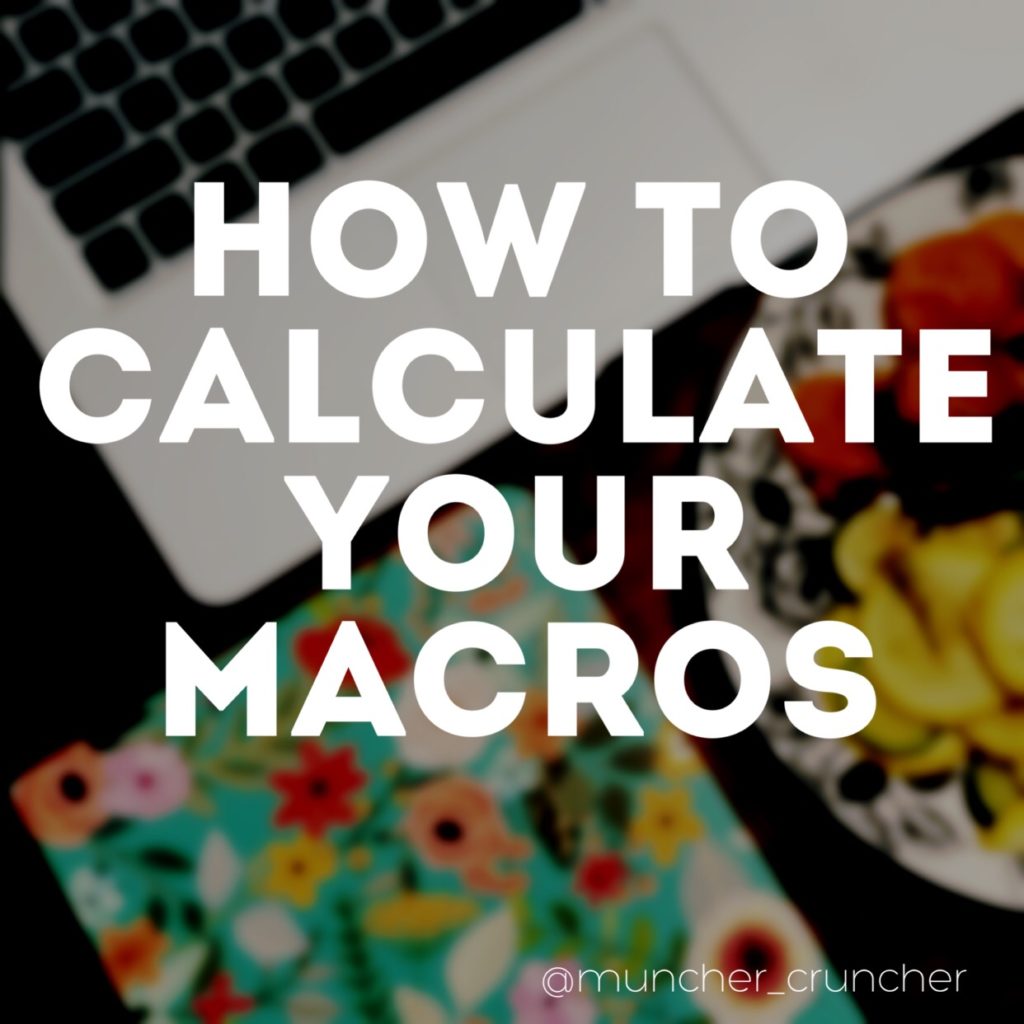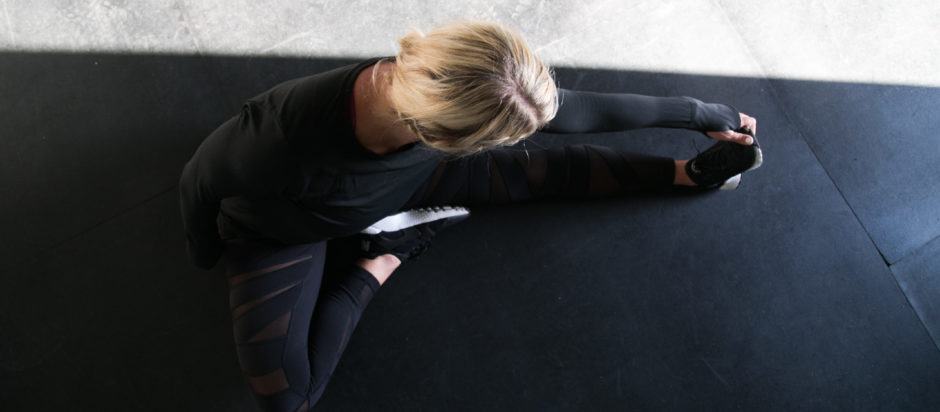Let’s talk about how to calculate macros, shall we?
Last week I posted a Macros 101 post, all about what macros are, how to count or track them, & if doing so is for you. That post brought on a LOT of questions regarding wanting to know HOW to calculate macros in the first place. If it’s necessary to work with a professional, & where these calculations even come from. Well, let me help you out there.  Keep in mind a few things before we get knee deep in math…There are multiple resources available to help you to get a free macro count (online/in apps), but you will quickly find if you put your information into more than one calculator, that you are likely to end up with different answers from each different location. Why are all of these results different? Where are these counts even coming from? How do you determine what approach is best for you?
Keep in mind a few things before we get knee deep in math…There are multiple resources available to help you to get a free macro count (online/in apps), but you will quickly find if you put your information into more than one calculator, that you are likely to end up with different answers from each different location. Why are all of these results different? Where are these counts even coming from? How do you determine what approach is best for you?
Well, as you start to read through this post, you may understand why people decide to work with a professional in the coaching process in the first place. Aside from not wanting to do the math on your own, (I get it) There are a lot of factors and variables that can change what your individual numbers are, and if they need to be adjusted, both initially, and during the process.
That being said, I know there are of you out there who would rather just do it yourself, and in doing so start with your own own trial & error. I salute you. If you do fall into that category, get you’re calculators ready. 😉
HOW TO CALCULATE MACROS:
- First, you have to determine your Basal Metabolic Rate (BMR)
- Your BMR is the amount of calories that your body burns at rest…meaning, this is the amount of calories your body needs to just exist if you were to remain sedentary without any movement.
- The most common equation used to determine is the Mifflin – St Jeor equation, which goes as follows:
- To help you with these equations: 1 lb = .454 kg || 1 inch = 2.54 centimeters || 12 inch = 1 foot
- For WOMEN: BMR = 10 X weight(in kilograms) + 6.25 X height (in centimeters) – 5 X age(in years) – 161
- For MEN: BMR = 10 X weight(in kilograms + 6.25 X height (in centimeters) – 5 X age (in years) + 5
- This number you have is your BMR
- Here is an example for a 140 lb 30 year old female that is 5′ 5″
- 10 (140 X .454) + 6.25(64 X 2.54) – 5(30) -161 || 635.6 + 1016 – 150 – 161 = 1340.6
- Next, you have to determine your Total Daily Energy Expenditure (TDEE)
- Your TDEE is an estimation of what your caloric burn is with your daily activity.
- Sedentary (little to no activity, spend most of the day sitting) BMR X 1.2
- Light Activity (work out a couple times a week burning 200-400 calories + light activity around the house ) BMR X 1.375
- Moderately Active (work out 3-5 X a week fairly vigorously + activity around the house) BMR X 1.55
- Very Active (workout 6-7 days a week fairly vigorously + mostly standing/active during the day) BMR X 1.725
- This is where determining your own numbers can be a bit of a guess. For those who feel like they might fit into two categories, I’d suggest figuring out the TDEE for both categories, & finding the middle ground.
- Here is an example of our gal from above ( 140 lb 30 year old female that is 5′ 5″) who’s BMR was 1340.6
- Let’s say her activity level is “moderately active”
- So in order to figure out here TDEE we will take 1340.6 X 1.55 = 2077.93 (Continue reading on the next page)
- Your TDEE is an estimation of what your caloric burn is with your daily activity.

I doing the equation and a little confused. I did the top equation to figure out my BMR. Then I’m doing the next equation for TDEE and it says to times it by my RMR. How do I know my RMR?
BMR & RMR are interchangeable! I should have mentioned that! Thanks girl! xoxoxo